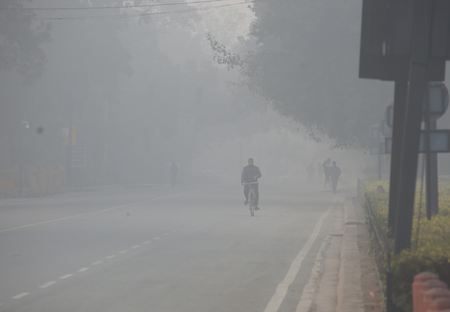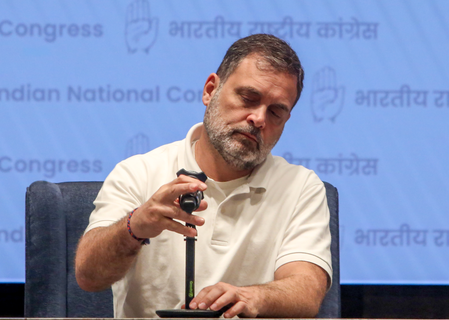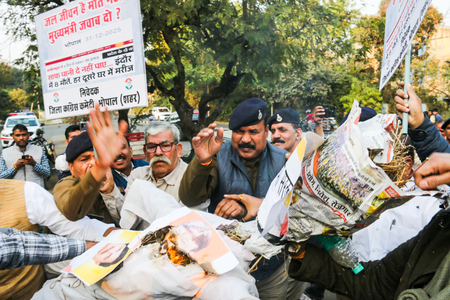
The Bharatiya Janata Party’s (BJP) significant move to introduce women’s reservation in Parliament has the potential to solidify its position in the 2024 Lok Sabha elections. On the inaugural day of the new Parliament House, the Narendra Modi government presented the Constitution (One Hundred and Twenty-eighth Amendment) Bill, aiming to provide 33% reservation for women in the Lok Sabha and state assemblies.
Prime Minister Narendra Modi expressed, “Perhaps, God chose me for this job,” as he announced the Nari Shakti Vandan Bill in Lok Sabha. While previous governments attempted to pass this bill, the Modi government’s initiative ahead of the 2024 Lok Sabha elections could prove to be a game-changing political move.
A core agenda for the BJP, the promise of 33% reservation for women in Parliament and state assemblies was featured in its election manifestos in 2014 and 2019. Preliminary calculations indicate that the introduction and passage of the women’s reservation Bill could affect over 160 Lok Sabha seats in the upcoming elections, where women voters have shown higher participation compared to their male counterparts in previous elections.
As of 2019, India had approximately 91 crore voters, with 44 crore being women. Among them, women voters had a higher turnout in the previous Lok Sabha elections compared to men. Data from the Election Commission revealed that 67.18% of eligible women voters participated in the polls, while men had a turnout of 67.02%.
States like Tamil Nadu, Arunachal Pradesh, Uttarakhand, and Goa were among 12 states, accounting for 200 Lok Sabha seats, where women had a higher voter turnout than men. In most of these states, the BJP secured significant victories in the 2019 general elections, winning 303 of the 543 Lok Sabha seats.
Women played a pivotal role in the BJP’s victory, with over 36% of their votes going to the party. In contrast, the Congress, which only won 52 seats, received lower support from women voters at 20%. The remaining 44% of women’s votes primarily went to regional parties.
A post-poll study after the 2019 elections indicated that 46% of women voted for the BJP, 27% for the Congress-led UPA, and another 27% for other parties. In contrast, 44% of men voted for the BJP.
The BJP, under PM Modi’s leadership, has steadily built a strong support base among women through policies centered around them. The party’s push for women’s quota aligns with its commitment to gender justice, exemplified by its ordinance to ban triple talaq before the 2019 elections.




